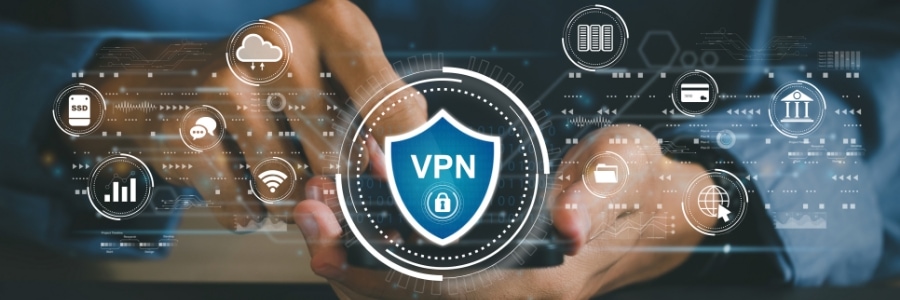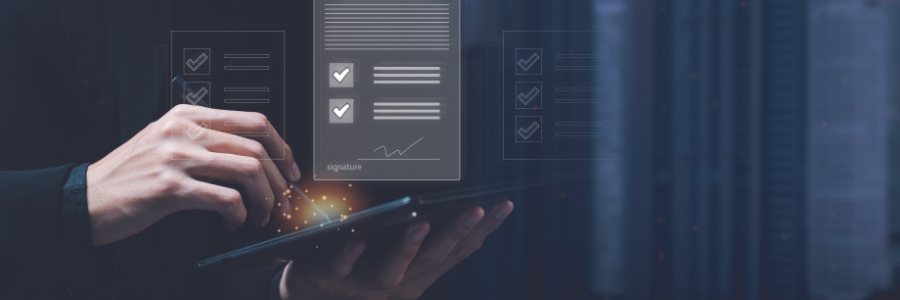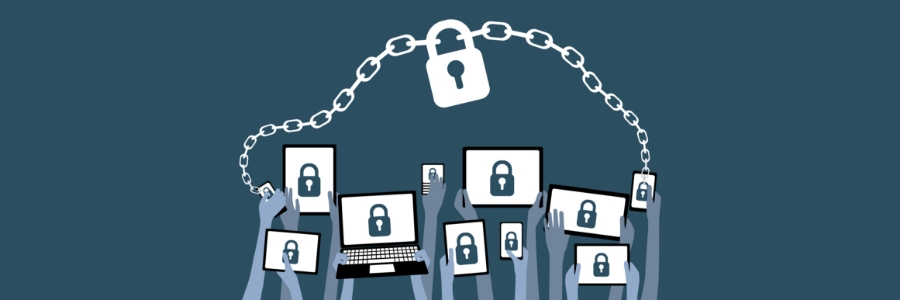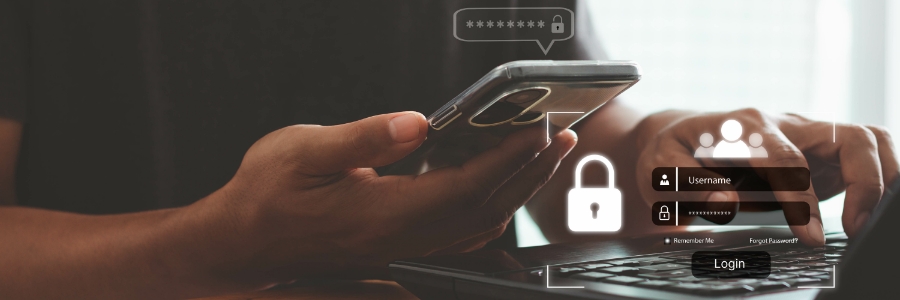Every corner of the digital landscape hides potential threats to businesses. Luckily, you can fight back with a range of cybersecurity tools and technologies. Two of these resilient tools, two-factor authentication (2FA) and two-step verification (2SV), have become essential measures for any organization looking to protect its systems and data.
Stepping up your business security: The power of two-factor authentication and two-step verification
Mac security 101: The ultimate guide to locking your Mac

Locking your Mac when you're away from your desk is a simple way to protect your privacy and security. It only takes a few seconds, and it can save you a lot of trouble in the long run. Whether you're grabbing a coffee or dashing to a meeting, the following tips will keep your Mac data safe and your mind at ease.
Key considerations for picking a VPN solution

By using a virtual private network (VPN), you can prevent internet service providers from monitoring your online activities, access websites that are normally blocked with your current IP address, and ensure your privacy remains intact. But different VPN solutions offer different features, and it's important for you to understand these before making a decision.
How to keep your SMB safe from cyberattacks

Cybersecurity is a constantly evolving field, and the threats that businesses face are becoming more sophisticated. One of the best ways to stay protected is to be aware of the most common ways that IT systems can be broken into. Here are five ways that your IT systems can be compromised/
You are duped into installing malware
There are many ways that malware can be installed on your computer without your knowledge or consent.
Defending against the invisible menace: Effective strategies to mitigate fileless malware

The rise of fileless malware has challenged the traditional understanding of cybersecurity and forced organizations to adopt a proactive and adaptive security posture. Unlike traditional malware, fileless malware exploits vulnerabilities in legitimate software and executes malicious code without leaving any traceable footprints.
Why verify Android apps before installing them

Installing mobile applications on your Android device without proper verification can expose it to potential vulnerabilities, such as data breaches and unauthorized access. By adopting a systematic approach to app verification, you can protect your device and preserve the integrity of your personal data.
How to enhance your company’s BYOD security

Bring your own device (BYOD) is a trend that has grown in popularity because of the convenience it offers employees, but it also presents a serious security risk. If an employee's personal device is not appropriately secured, it can become a potential entry point for attackers to gain access to sensitive corporate information.
Why you should avoid password autofill

With all the different passwords you have to manage, it can be tempting to just let your browser store your passwords for convenience. However, this "convenience" can come at a cost: hackers easily accessing your accounts. If you've been considering using password autofill, it's important to understand the risks that come with it and why it should be avoided.
Keep your SMB safe from these hackers
How to ensure the security of IoT devices in healthcare

With the widespread implementation of the Internet of Things (IoT) in healthcare, security concerns that were previously not considered have suddenly become a reality. In 2022, attacks using malware increased by 38% compared to the previous year. This equates to 1410 attacks per week - something device vendors must pay close attention to.


